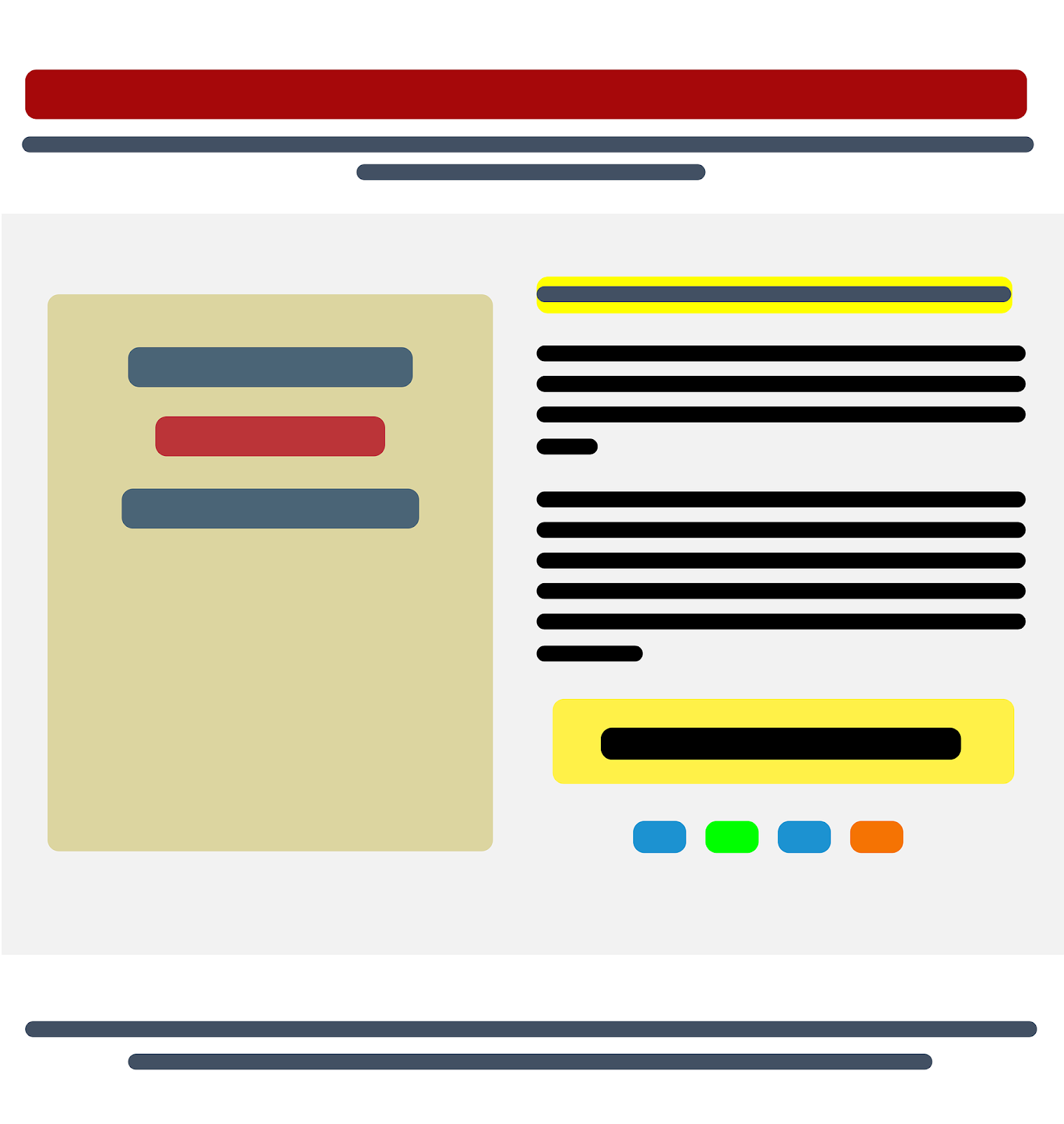If you have a website, you've certainly heard of SEO and its optimization for search engines.
Whether you personally handle this task or collaborate with a freelancer or web agency that offers professional services, there are a few tricks that you can use to help your site rank higher and gain more visibility and attractiveness, both on Google and on other search engines.
Every time we talk about SEO optimization, we refer to two aspects of optimization: on-site SEO and off-site SEO.

Ideally, these two parts need to be combined and correlated in order to help propel the website into the first search results.
On-site (or on-page) optimization involves content optimization, URL structure, keyword placement and density, HTML code, meta tags.
Off-site (or off-page) SEO optimization primarily involves external factors such as sitelinks, social media signals, site authority, and credibility.
With all that said, let's talk about seven wise tips that you can consistently use to get a search engine optimized website.
1. Use keywords in the webpage title
Keywords are an awesome way to attract more visitors to your page in order to increase the clickthrough rate (CTR).
Also, because they generate curiosity in the mind of the visitor (remember that people search by keywords, thus they're curious and interested about that certain topic), they help to retain and engage your audience on the site.

Hence, it is highly recommended to use keywords in the title as well as in the content.
The number of keywords varies and depends on the search engines' ever-changing algorithms.
The best way to decide is to do a bit of research right before starting to create the text.
2. Use metadata
Metadata is a SERP (Search Engine Results Page) tool used to attract more visits and clicks on your website.
It can be described as a brief summary of the webpage's content and plays an important role in Google indexing.
Therefore, it is recommended that you use unique metadata (meta titles and meta descriptions) on all pages of the site - make sure that the web pages' content contains the keywords used in the metadata and, at the same time, a call to action (CTA) button.

It's also highly advisable to avoid using the same keywords on all the pages of your website. Be a little creative and use different words that are relevant to your niche.
For example, if you have an accounting business, you can use 'business accounting' and 'specialized accounting services' on one page and 'accounting and bookkeeping services' and 'personal accountant' on another page.
To get great keywords ideas for your metadata and web content, use Google's keyword planner, it's a wonderful, free, and easy-to-use tool.
3. HTML formatting
HTML formatting elements are used to tell search engines that the text on a web page is meaningful; here are some of them: bold text, important text, italic text, underlined text, small text, emphasized text, deleted text, etc.
When we structure a web page's content, it usually looks like a text with title and subtitles.

Keep in mind that, besides HTML formatting elements, keywords should be placed in these key areas in order to define a very important text.
4. Optimizing the landing page
Optimizing landing pages involves more than creating an attractive design and adding a subscription form or download button.
A landing page that is not properly SEO optimized will lead to a high bounce rate. In other words, it’ll be more likely that visitors leave your website without buying or purchasing anything.

To increase your conversion rate, each web-page needs to be optimized for up to two or four different keywords.
5. Simple and friendly URLs
The URL is the webpage's address - the one you see in the browser when you browse the website.
Visitors can be intimidated by extremely long and cryptic URLs that contain complicated words.

A friendly URL is short, made up of letters and words that are easy to read and remember; it should include keywords describing the content of the page.
6. Using XML site maps
A sitemap is an XML file that includes all the URLs of the website. Its role is to allow the search engine to access the site in a smart way.

Therefore, it is recommended to use the XML sitemap to send the search engine information about the latest published pages, as well as other updates and changes.
You can automatically generate a sitemap for your site here. It’s a free tool.
7. Integration with social networks
Social integration is seen as a dynamic platform that allows building social relationships and, at the same time, increases brand visibility.
Any engagement and interaction in social media can give an impulse to rank the web page higher in the search.
Hence, it is very important to pay attention to content optimization in order to engage visitors in various social interactions and to encourage them to become fans (and ambassadors) of your brand.
Of course, don't forget about the social sharing and liking/following buttons.

It's said that Google's search engine algorithm contains over 200 parameters which they are constantly changing and improving.
Whether you're doing it with internal resources or you hire a specialized freelancer, SEO optimizing will help you attract visitors' attention, clicks on your web pages, and, ultimately, online growth.
Implement these strategies and your website will do better in 2018! If you want a good ranking for your website, investing in SEO is absolutely necessary. You can hire a freelance SEO expert here.